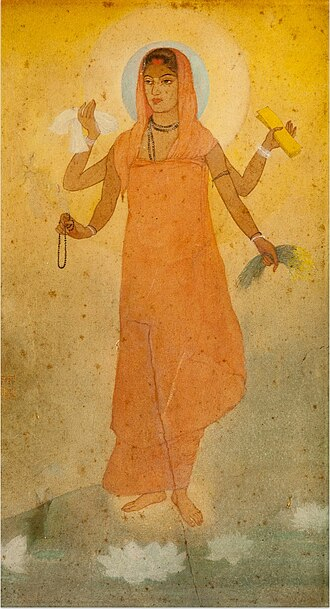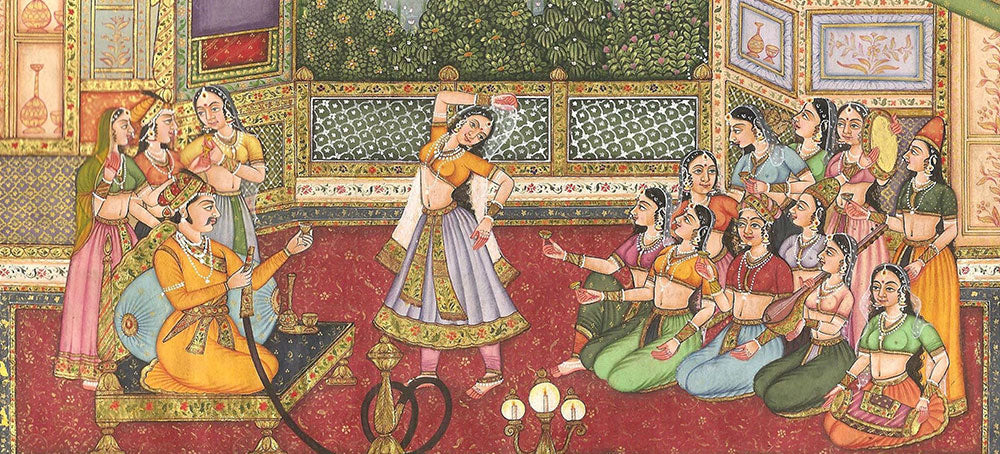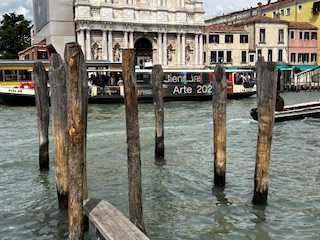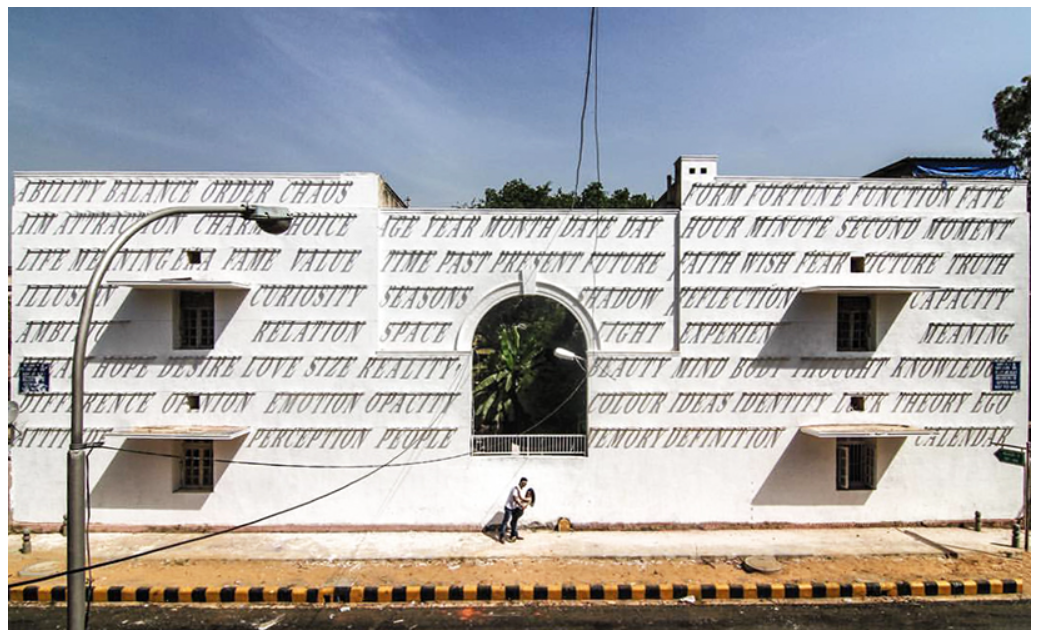
Daku, Artvertising Project by Start India Foundation, 2021, Image Credit: https://homegrown.co.in/topic/artvertising-project
Artivism, a delightful blend of art and activism, stands as a vibrant testament to the transformative power of creative expression in driving social change. It encapsulates a spirited ethos where artists wield their talents as catalysts for challenging injustices, sparking awareness, and igniting action on critical societal issues. In recent years, the rise of artivism has injected a refreshing vigour into the realm of activism, resonating both locally and globally with its potent fusion of imagination and advocacy.
Delving into the historical tapestry, the roots of artivism unfurl across various epochs and social movements, where artists have unfailingly served as conduits for amplifying voices of dissent and championing justice. From the striking suffragette banners of yesteryears to the soul-stirring protest anthems of the civil rights era, art has unfailingly been a steadfast ally in the fight against oppression. Today, the spirit of artivism finds expression in an eclectic array of forms, spanning from the rebellious strokes of street art to the poignant narratives of community-based projects, and from the interactive realms of digital media to the dynamic stages of performance art.
In India, a country with a rich tradition of artistic expression and social activism, artivism has flourished as a means of addressing a wide range of issues, from gender inequality to environmental degradation. One of the pioneering figures in Indian artivism is the artist Daku, whose ephemeral installations challenge passersby to confront societal norms and power structures.
Daku contributed to the St+art India Foundation's Artvertising Project in Hyderabad by repurposing nine hoardings into personal canvases. His work, displayed in busy areas such as Parade Ground and the Khairatabad flyover, uses ironic slogans to critique the trivial and sometimes immoral nature of Indian advertising. The name ‘Daku,’ meaning dacoit, underscores the illicit nature of his art, as he 'steals' public spaces to redefine their meaning through his iconic creations.
Similarly, the artist Shilo Shiv Suleman founded the ‘Fearless Collective,’ a global art project that brings together marginalised communities to create public art that challenges stereotypes and empowers individuals. Through collaborative mural-making workshops, the Fearless Collective aims to reclaim public spaces and amplify the voices of those often marginalized in mainstream narratives.

Image Credit: https://fearlesscollective.org/about-us/
Symbolism plays a crucial role in artivism, serving as a powerful tool for communicating complex ideas and mobilising collective action. Artist Pippa Bacca's performance art piece ‘Brides on Tour’ (2008) with Silvia Moro exemplifies this intersection of symbolism and activism. Bacca embarked on a journey across Europe wearing a wedding dress, and hitchhiking to promote peace and trust among strangers. Tragically, Bacca was murdered during her journey, but her artivism continues to inspire dialogue on issues of gender violence and human vulnerability.

Image Credit: https://alchetron.com/Pippa-Bacca
Looking ahead, the future of artivism in India holds immense potential for driving social transformation and fostering solidarity across diverse communities. With the rise of social media and digital technology, artists have unprecedented opportunities to reach audiences and amplify their messages on a global scale. Moreover, the blurring of boundaries between art and activism has given rise to new forms of artistic expression, such as interactive installations, immersive experiences, and virtual reality projects.
One emerging artist making waves in the field of artivism is Swoon, whose intricate paper-cut installations explore themes of migration, displacement, and resilience. Her work ‘Submerged Motherlands’ (2014) addresses the impact of climate change on vulnerable communities, inviting viewers to contemplate the interconnectedness of human and environmental struggles.
Swoon created a site-specific installation in the rotunda gallery, transforming it into a fantastical landscape centred around a monumental sculptural tree. At its base, she constructed an environment featuring sculpted boats and rafts, figurative prints and drawings, and intricate cut paper foliage. Inspired by both contemporary and historical events, Swoon engaged with the theme of climate change in this installation. She responded to the catastrophic Hurricane Sandy that struck the Atlantic Coast in 2012 and referenced Doggerland, a landmass that once connected Great Britain and Europe, which was destroyed by a tsunami 8,000 years ago

Swoon, Submerged Motherlands, 2014 Image Credit: https://www.brooklynmuseum.org/exhibitions/swoon/
In the global arena, artivism has been gaining unprecedented momentum, with artists worldwide joining forces to tackle critical issues such as racial injustice, economic inequality, and environmental degradation. Notable movements like the climate strikes, spearheaded by youth activists, and the powerful resonance of several social movements, have demonstrated art’s unparalleled ability to mobilise public opinion and drive systemic change. Murals, performances, and digital campaigns have become rallying cries, transforming public spaces into vibrant canvases of protest and hope.

Image Credit: https://indiaartfair.in/exhibitor/aravani-art-project-saffronart-foundation
Within the Indian milieu, artivism has flourished, with artists breaking down societal barriers and challenging entrenched norms. From large-scale public installations that address gender equality to poignant street art highlighting the plight of the marginalised, Indian artivists are using their creative prowess to foster dialogue and promote inclusivity. Initiatives like the Aravani Art Project, which empowers transgender individuals through mural painting, and the St+art India Foundation, which transforms urban landscapes with socially conscious art, exemplify the dynamic and transformative potential of artivism in India
Looking ahead, the future of artivism promises to be even more impactful as artists continue to push boundaries and explore new mediums. With the advent of digital technology and increased global connectivity, artivists have unprecedented opportunities to reach wider audiences and create immersive, emotionally resonant experiences. The convergence of traditional and contemporary forms of art will undoubtedly play a pivotal role in shaping a more equitable and inclusive future, both in India and across the globe. As artists harness the power of creativity to address social injustices, artivism will remain a vital force in the quest for justice, empathy, and collective action.















Leave a Comment